A clogged sink can disrupt daily routines and lead to frustration. Fortunately, most sink blockages can be resolved with simple tools and techniques. In this guide, we provide detailed steps and pro tips on how to unclog a sink, ensuring that your plumbing issues are resolved efficiently.
Understanding the Common Causes of a Clogged Sink
Before we dive into the methods, it’s essential to understand the common causes of sink clogs. Recognizing these can help prevent future blockages.
- Food Particles: In kitchen sinks, leftover food scraps can accumulate in the pipes.
- Grease and Oils: These substances solidify in the pipes, leading to blockages.
- Hair and Soap Scum: In bathroom sinks, hair and soap residue are frequent culprits.
- Foreign Objects: Small items like jewelry or bottle caps can accidentally fall into the sink and cause clogs.
Essential Tools and Materials Needed
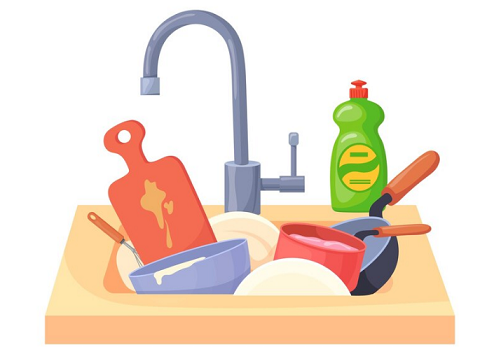
Before attempting to unclog your sink, gather the following tools and materials:
- Plunger
- Drain Snake (Auger)
- Baking Soda and Vinegar
- Boiling Water
- Pipe Wrench
- Bucket
- Rubber Gloves
Step-by-Step Methods to Unclog a Sink
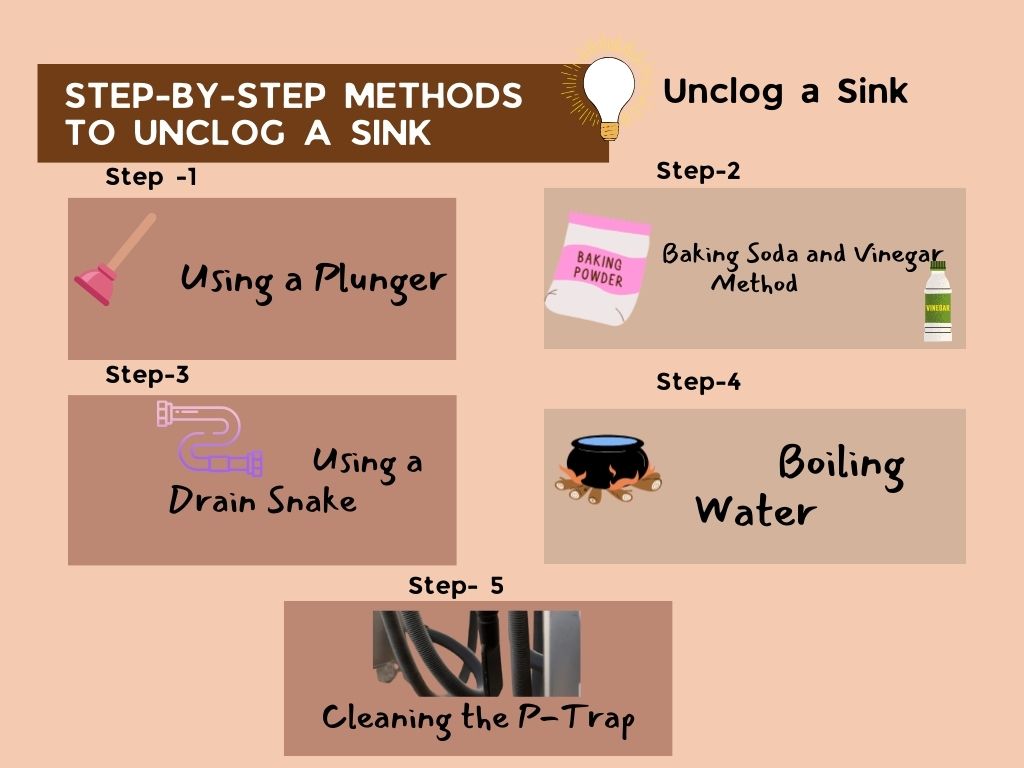
1. Using a Plunger
A plunger is often the first tool to reach for when dealing with a clogged sink.
- Seal the Overflow Opening: Cover the overflow opening with a wet cloth to ensure an airtight seal.
- Fill the Sink: Add enough water to cover the plunger’s cup.
- Position the Plunger: Place the plunger over the drain and ensure a tight seal.
- Plunge Vigorously: Push down and pull up sharply, maintaining the seal. Repeat several times.
- Check the Drain: Remove the plunger to see if the water drains. Repeat if necessary.
2. Baking Soda and Vinegar Method
This natural solution can break down minor clogs without harsh chemicals.
- Remove Standing Water: If water is pooled, use a cup or bowl to remove it.
- Add Baking Soda: Pour about one cup of baking soda into the drain.
- Pour Vinegar: Follow with one cup of vinegar. You will hear fizzing as the two react.
- Wait and Flush: Let the mixture sit for at least 15 minutes. Then, flush with hot water.
- Repeat if Necessary: This method may need to be repeated for stubborn clogs.
3. Using a Drain Snake
For more stubborn clogs, a drain snake can reach deeper into the pipes.
- Insert the Snake: Feed the snake into the drain until you feel resistance.
- Rotate the Snake: Turn the handle clockwise to hook the clog.
- Pull Out the Clog: Gently pull the snake out to remove the debris.
- Flush with Water: Run water to ensure the clog is fully cleared.
4. Boiling Water
Boiling water can dissolve soap scum and grease that may be causing the blockage.
- Boil Water: Heat a pot of water until it reaches a rolling boil.
- Pour Slowly: Carefully pour the boiling water directly into the drain.
- Repeat: This method may be repeated several times for best results.
5. Cleaning the P-Trap
If the above methods fail, the clog may be in the P-trap.
- Place a Bucket: Position a bucket under the P-trap to catch any water or debris.
- Remove the P-Trap: Use a pipe wrench to loosen the nuts and remove the P-trap.
- Clean the Trap: Clear out any debris inside the trap.
- Reassemble and Test: Reattach the P-trap and run water to check if the clog is resolved.
Preventive Measures to Avoid Future Clogs
Prevention is always better than cure. Here are some tips to keep your sink drain flowing smoothly:
1. Use Drain Guards
Drain guards catch debris before it can enter your pipes. Use them in both kitchen and bathroom sinks to trap hair, food particles, and other potential clogging materials.
2. Avoid Pouring Grease Down the Drain
Grease solidifies as it cools, leading to blockages. Dispose of grease in a container and throw it in the trash.
3. Regular Maintenance
Periodically flush your drains with hot water to prevent buildup. Additionally, use a baking soda and vinegar solution monthly to keep pipes clear.
When to Call a Professional
If none of the above methods work, the clog might be more severe or located further down the plumbing system. In such cases, it’s best to call a professional plumber who has the expertise and equipment to handle complex blockages.
FAQs About How to Unclog a Sink
To unclog a sink quickly, start by pouring boiling water down the drain. If that doesn’t work, try using a plunger to create suction and dislodge the clog. For stubborn clogs, a combination of baking soda and vinegar can be effective. Pour half a cup of baking soda followed by half a cup of vinegar down the drain, let it sit for 30 minutes, and then flush with hot water.
For a badly blocked sink, you may need to use a plumbing snake (drain auger). Insert the snake into the drain and twist it to break up the clog. If the blockage persists, you might have to remove and clean the P-trap, which is the U-shaped pipe under the sink. As a last resort, chemical drain cleaners can be used, but handle them with caution and follow the manufacturer’s instructions.
A blocked sink can be dissolved using a mixture of baking soda and vinegar. This combination creates a chemical reaction that helps break down clogs. For grease clogs, hot water and dish soap can be effective. Chemical drain cleaners can also dissolve clogs, but they should be used sparingly due to their potential to damage pipes.
The best home remedy for unblocking a sink is a mixture of baking soda and vinegar. Pour half a cup of baking soda down the drain, followed by half a cup of vinegar. Allow the mixture to sit for at least 30 minutes to work on the clog. Then, flush the drain with hot water to clear out the debris.
Conclusion
Unclogging a sink can often be managed with a few simple tools and methods. By following this comprehensive guide, you can effectively tackle most sink clogs and maintain a smoothly functioning plumbing system.


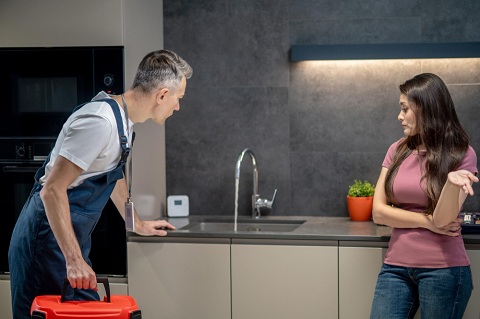

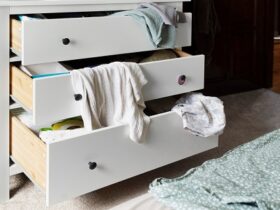


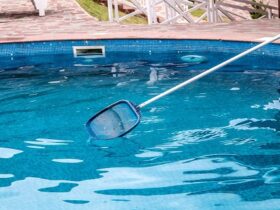

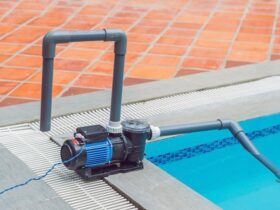
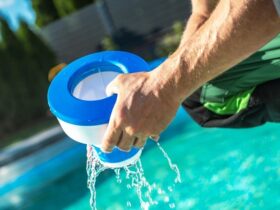

Find Us on Socials